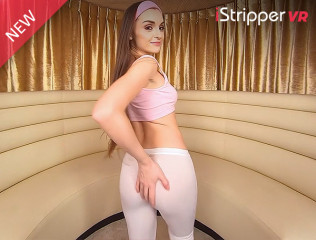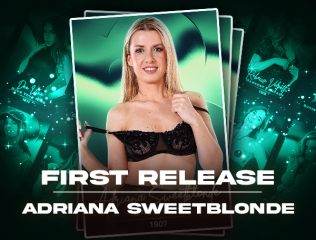Having an unselectable free trial on a purchase page is a bad idea
Just wanted to point out, that it is 100% un-selectable.
Maybe it gets overlooked...
When you Select the 250 credit package, there is a Notice that it includes a 2 Day free trial.
https://www.istripper.com/customdata/forum/2025-06-28/tmYLjdtt.png
When you then proceed to the Payment Page,
There is a Box that you CAN uncheck.
Notice the Information I put the green box around and the Link to read the Terms and Conditions.
https://www.istripper.com/customdata/forum/2025-06-28/2anycsUT.png
When I uncheck the Free trial box
the information in the green box also changes.
https://www.istripper.com/customdata/forum/2025-06-28/khKz03Ig.png




